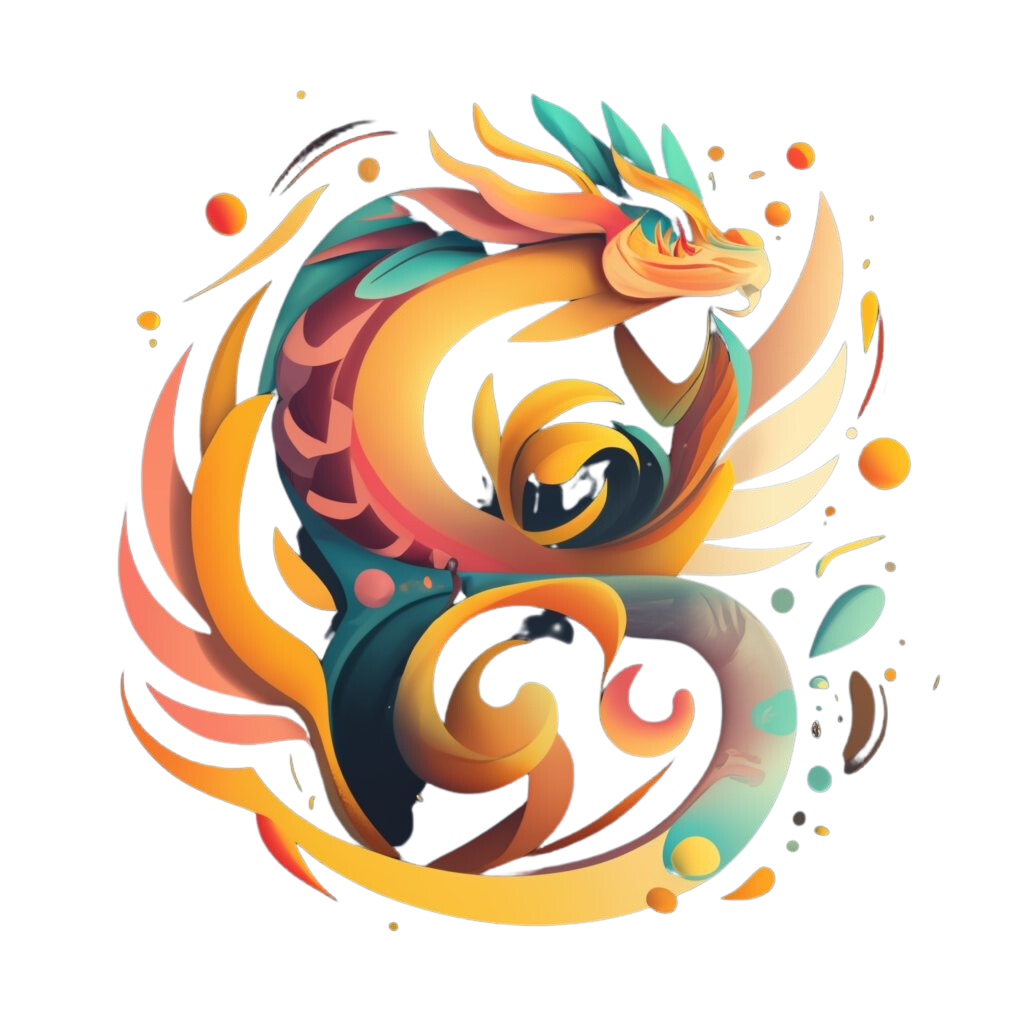Georgia, a small nation between Europe and Asia, hides some of the world’s oldest legends. Its misty mountains and ancient forests have kept these stories alive for centuries. While names like Medusa or Thor are known everywhere, Georgia’s own mythical beings remain mostly unknown outside its borders.
In this article, we’ll explore Georgian mythical creatures that most people have never heard of — beings that once filled songs, fireside tales, and festivals.
If you enjoy exploring how mythology shifts across cultures, see Armenian myths or Azerbaijani folklore.
How Did These Georgian Mythical Creatures Originate?
Before temples or churches, Georgians saw their land as sacred. Every mountain, river, and forest was alive with spirit. Storms, floods, or illness were signs of unseen powers at work. This early animistic belief became the foundation of Georgian folklore.
Ancient Pagan Roots and Local Spirits
Early Georgians worshipped gods like Ghmerti, the sky father, and Adgilis Deda, the Mother of Place. Many creatures emerged from these beliefs as messengers or guardians. Mountain spirits protected hunters, while serpent beings watched over rivers and crops. These stories linked human life directly to the rhythms of nature.
Cultural Crossroads: Persian, Zoroastrian, and Caucasian Influence
Georgia stood between great empires (Persian, Byzantine, and Ottoman), and their myths mixed with local tales. Persian daevas may have inspired the Georgian Ali, a wandering demon. The Gveleshapi, a serpent-dragon, mirrors both Persian and ancient Caucasian symbols of chaos. Over time, Georgian mythology became a blend of influences, yet it remained uniquely its own.
The Impact of Christianisation on Folk Belief
When Georgia became Christian, old myths adapted instead of vanishing. Pagan deities turned into saints; kind spirits became angels, and darker ones became demons. The Devi, once mountain guardians, became giants. Forest spirits became witches or temptresses.
Key Georgian Mythical Creatures to Discover
Georgia’s folklore is filled with both fearsome and friendly beings. They test human courage, guard sacred places, and remind people to respect the world around them.
“Devi” – The Multi-Headed Ogre Giants
The Devi are giant ogres with several heads, living in mountain caves or underground. They hoard treasures and challenge wandering heroes. Unlike mindless monsters, the Devi are smart and talkative.
In one tale, a hero tricks nine Devi brothers into fighting each other, escaping with his life and their gold. The Devi symbolizes raw chaos and human struggle.
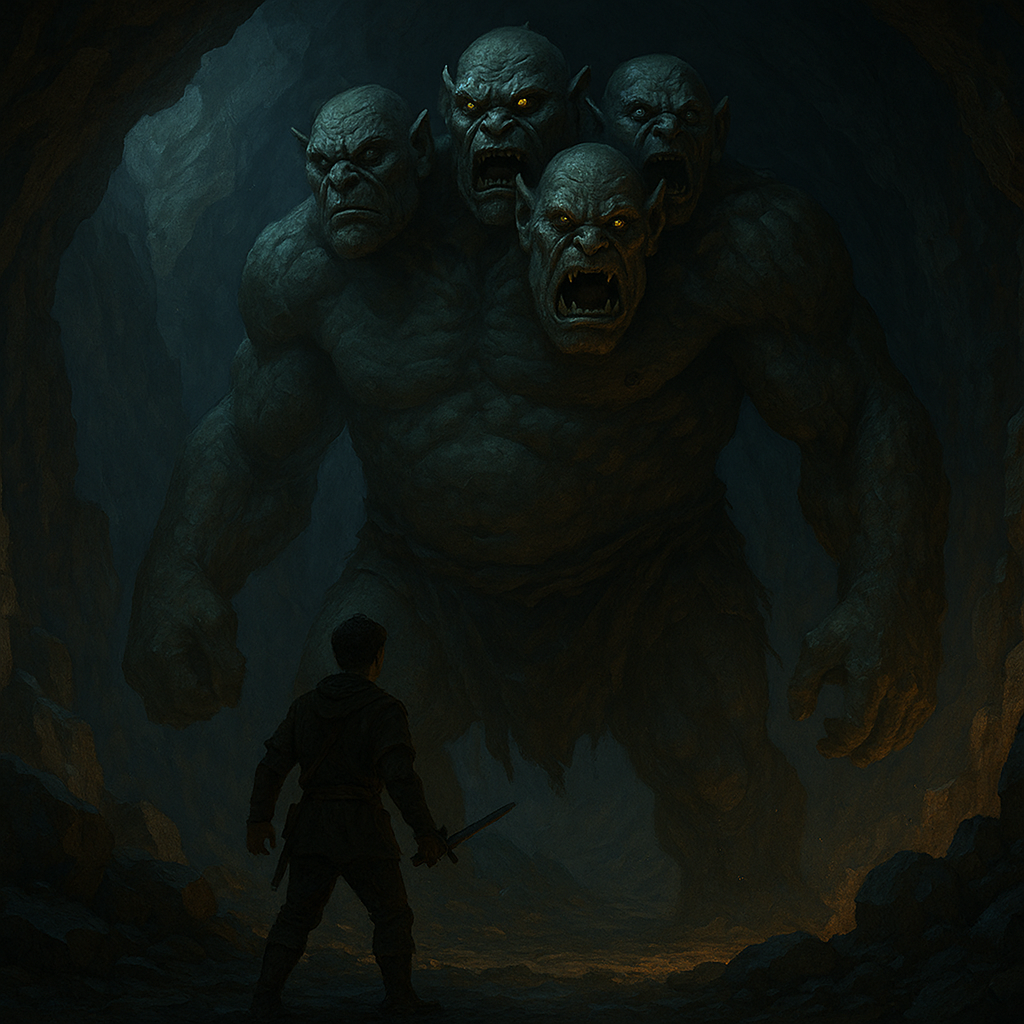
“Ali” – The Wandering Demon That Haunts Remote Spaces
Ali is a dark spirit known for stalking pregnant women, infants, and travelers. It hides in forests and ruins, often taking human form to deceive victims.
These stories served as warnings to stay close to home, to respect traditions, and to avoid wandering at night. The Ali represents Georgia’s view of the wilderness as both beautiful and dangerous.
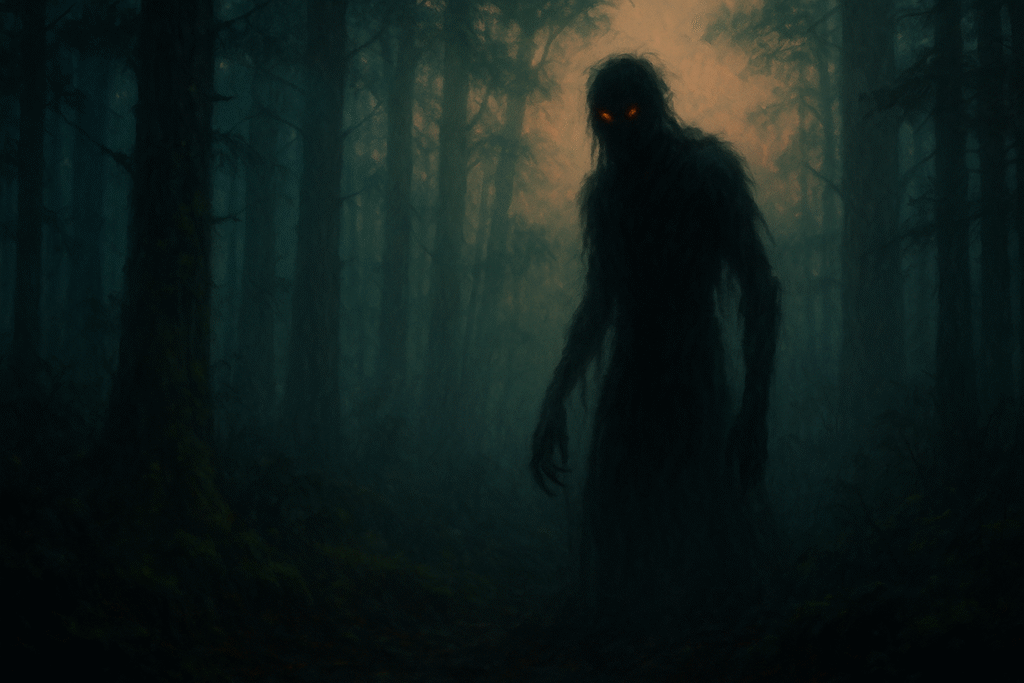
“Gveleshapi” – The Serpent-Dragon of Waters
The Gveleshapi is a massive water serpent said to cause floods and droughts until defeated by a hero. Its legend ties deeply to Georgia’s rivers and lakes, which locals saw as sacred and unpredictable.
This dragon reflects the idea of nature’s dual power — both life-giving and destructive.
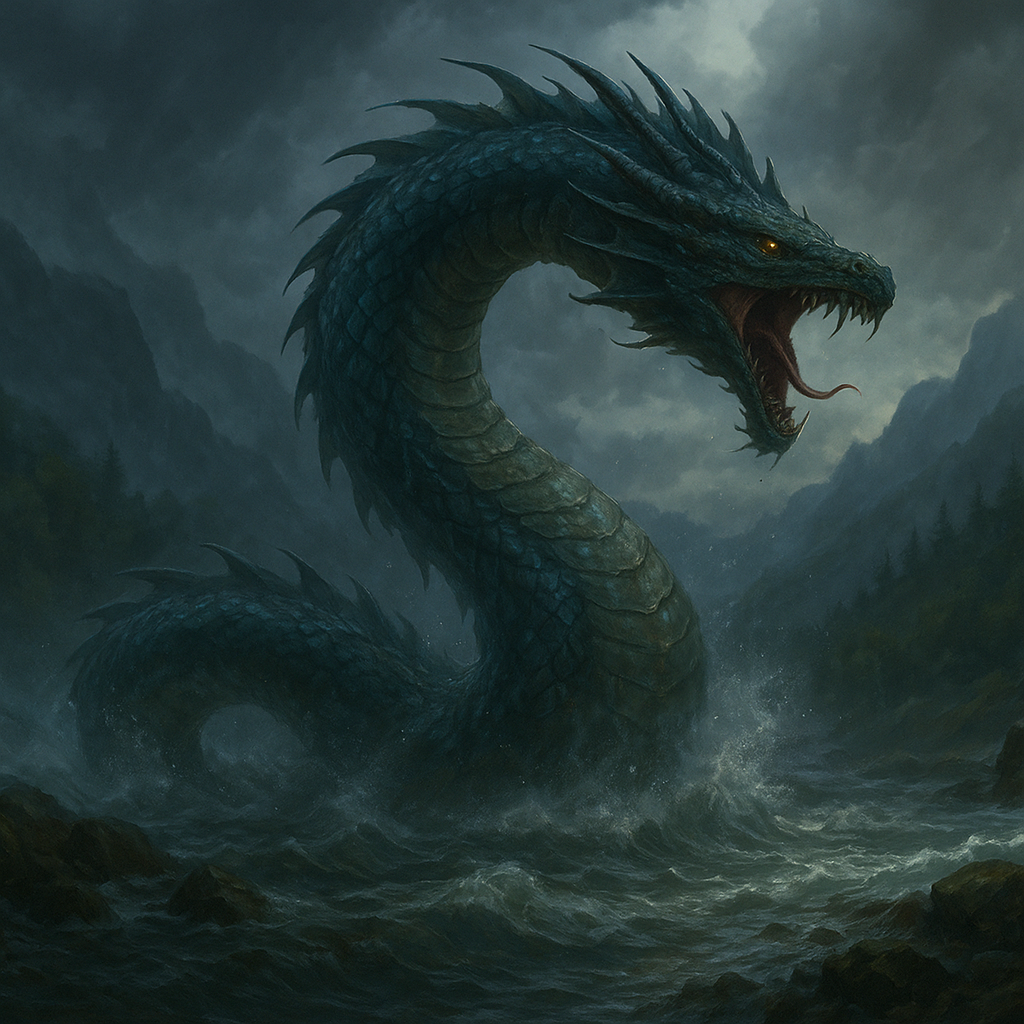
“Paskunji” – The Phoenix-Like Creature and Hero’s Ally
The Paskunji is a golden, bird-like being that helps lost heroes escape the underworld. Its feathers heal and its flight bridges life and death.
Unlike most mythical creatures, the Paskunji is not an enemy. It stands for renewal and hope, helping those who prove brave and kind. Similar to a phoenix, it reminds us of rebirth and transformation (themes also seen in Turkish mythology).
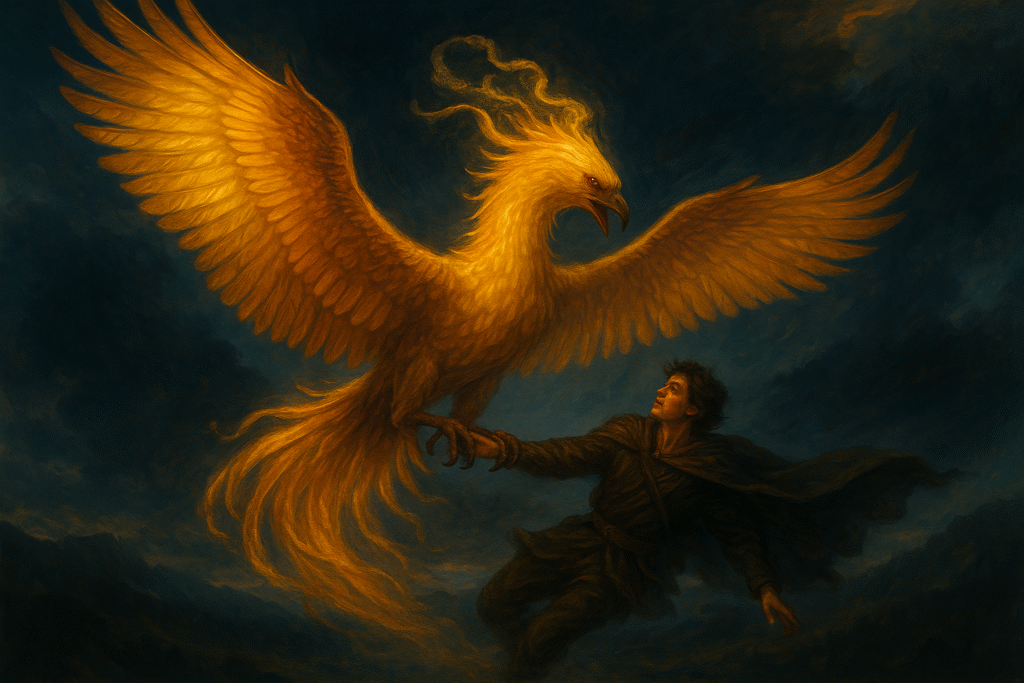
“Kudiani” – The Shapeshifting Witches of the Mountains
The Kudiani are witches with tails and twisted backs who live in mountain caves. They can change shape, vanish into smoke, or curse those who wrong them.
In stories, they often test human nature. The kind and humble survive; the proud suffer their tricks.
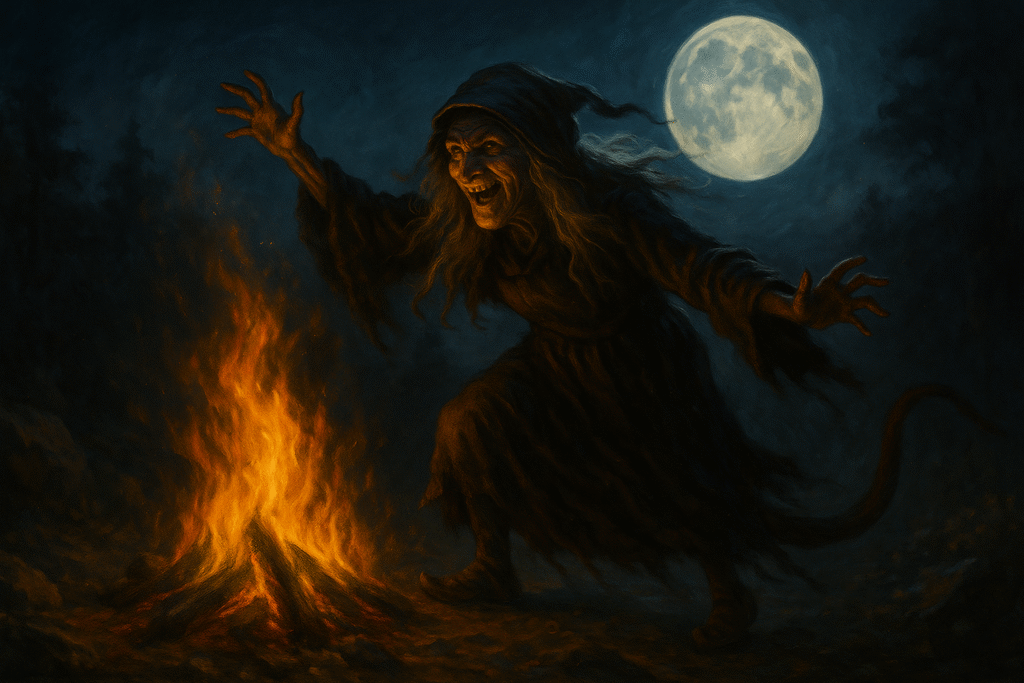
“Rashi” – The Winged Horses of Legend
The Rashi are radiant horses that fly across sky and sea. Their milk is said to heal any wound, but only a true hero can tame one.
These horses carry riders between worlds (earth, heaven, and even the underworld). The Rashi stands for freedom and divine favor, a bridge between the natural and the spiritual.
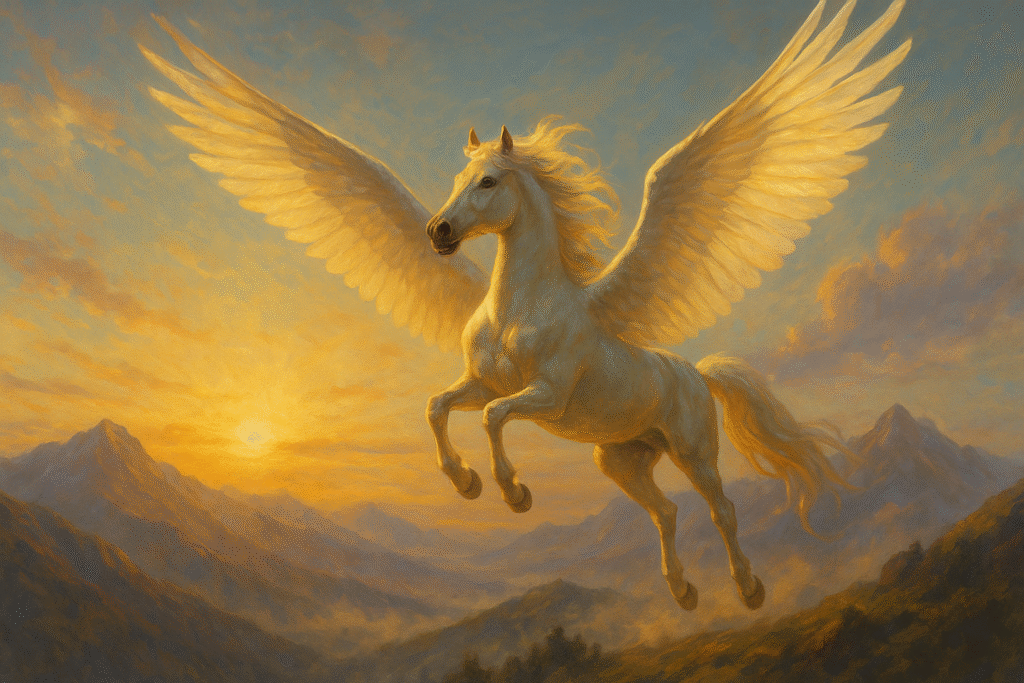
“Dobilni” – Spirits That Could Bless or Curse
The Dobilni are spirits who can bring disease or blessings, depending on how they are treated. Families once left food at small mountain shrines to gain their favor.
They could protect mothers and livestock or spread sickness if disrespected. The Dobilni show Georgia’s belief that respect and balance keep harmony between people and spirits.
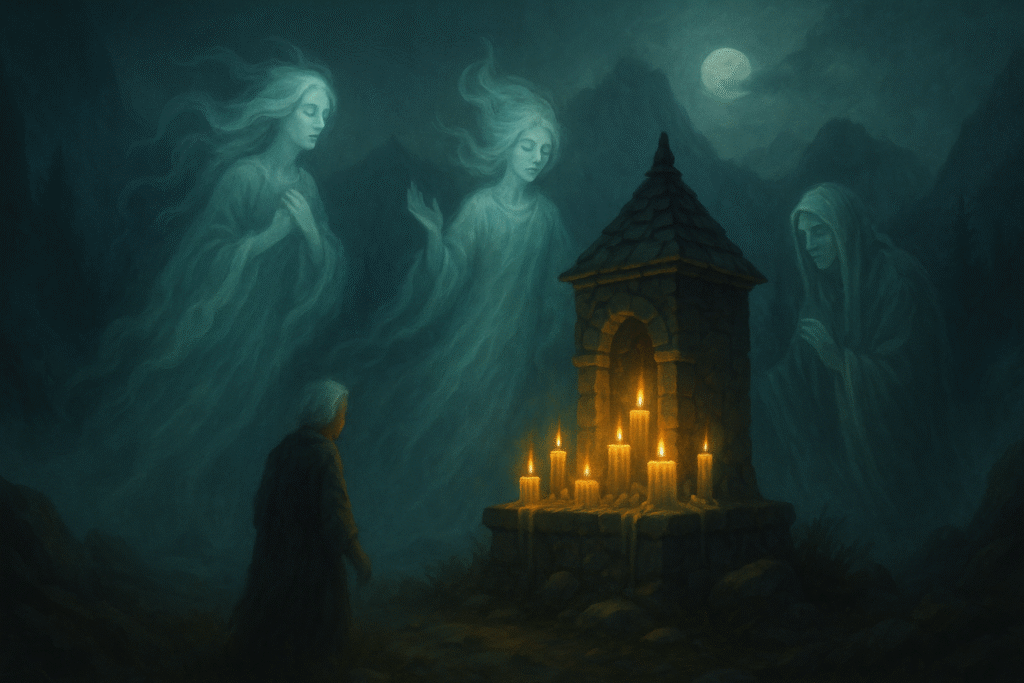
What Do These Creatures Symbolise in Georgian Culture?
Each creature reflects Georgia’s deep respect for the natural world. Mountains, rivers, and forests are living presences that demand awareness.
Nature vs. Civilization
Creatures like the Devi and Gveleshapi highlight the struggle between safety and the wild. Heroes rarely destroy nature; they learn to live in balance with it.
Explaining the Unseen
Before modern science, myths helped people make sense of floods, illness, and disaster. When storms came or disease spread, villagers looked to stories of Ali or Dobilni for meaning. Rituals and songs were ways to restore peace and show humility to unseen forces.
Human Virtue and Heroism
Heroes in Georgian tales often rely on wit, courage, and respect, not just strength. Outsmarting a monster was a lesson in cleverness and character. These stories taught that real victory comes through balance and wisdom.
If you’re interested in neighboring myth traditions, you can also explore Russian mythology, which shares ancient roots with Georgia’s legends.
